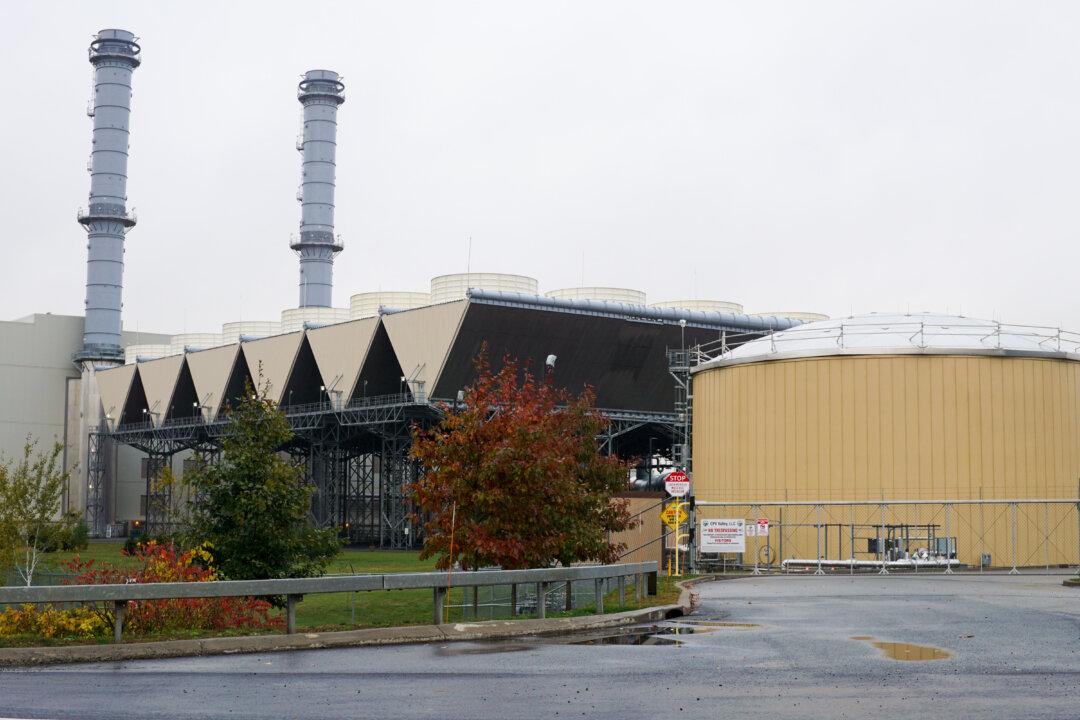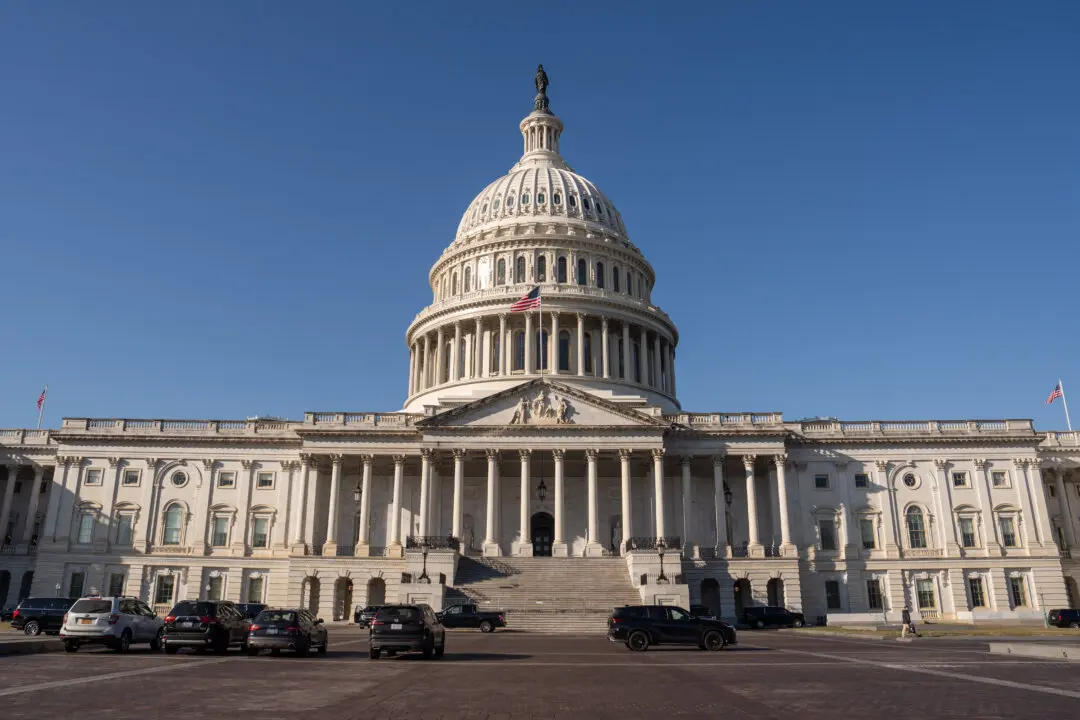The Biden administration’s investments in renewable energy will translate into a $38 billion decline in electricity costs for consumers within a decade, savings that consumers are “already starting to see,” Department of Energy (DOE) Deputy Secretary David Turk told the House Committee on Science, Space, and Technology on June 26.
However, the DOE’s Energy Information Administration projected in May that the average consumer will pay 16.23 cents per kilowatt-hour (kWh) in 2025, the highest electricity rate level in three decades.





